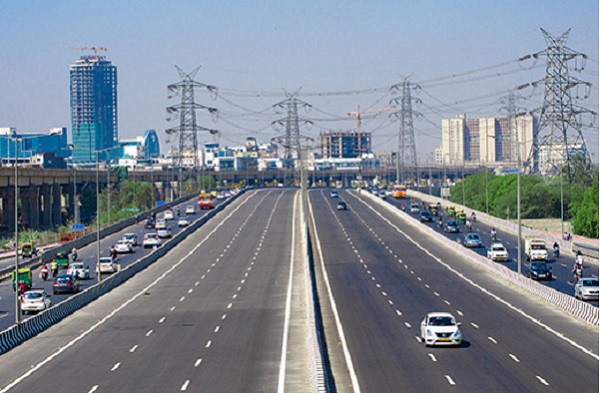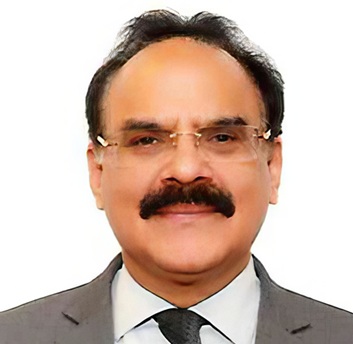.png)
Beyond Grants: Rethinking How India Funds Infrastructure
India’s infrastructure push can no longer rely on one-time grants and optimism; it must shift from funding gaps to creating value — treating infrastructure not as a cost centre, but as an ecosystem that pays for itself.


Dr Arvind Mayaram is a former Finance Secretary to the Government of India, a senior policy advisor, and teaches public policy. He is also Chairman of the Institute of Development Studies, Jaipur.
October 20, 2025 at 8:40 AM IST
“The difficulty lies not so much in developing new ideas as in escaping from old ones.” — John Maynard Keynes.
India’s infrastructure story has always been a story of ambition. From highways to metros and airports to solar parks, each project has been both a marker of progress and a mirror of the nation’s governance capacity. Since the turn of the millennium, India has worked deliberately to build a credible ecosystem for public–private partnerships (PPPs), an effort I had the privilege to participate in. The idea was elegant in its simplicity: the government would provide the policy and regulatory framework, and private players would bring capital and efficiency.
Yet one question has always lingered: how can socially essential but commercially unviable projects be made attractive to investors? For two decades, the instrument of choice has been Viability Gap Funding (VGF) — government grants that bridge the shortfall between cost and projected revenue. The logic was sound, but it had its limits. Fiscal resources are finite, while the number of essential projects needing support continues to grow.
Why the Old Model Has Run Its Course
Over time, the fiscal logic of VGF began to look dated. A one-time grant, pegged to 20-year traffic projections, could not account for India’s dynamic economy and expanding middle class. What is needed is not more subsidy, but smarter design — a shift from grants to an ecosystem of value creation.
From Funding Gaps to Value Architecture
Delhi Metro’s retail and advertising revenues, or the Hong Kong MTR’s property-based model, show that success lies in treating infrastructure as an ecosystem, not a cost centre. In India, the National Highways Authority of India’s Toll–Operate–Transfer (TOT) model and the Mumbai Metropolitan Region Development Authority’s use of transferable development rights are steps in that direction. The government’s role must shift from grant-giver to architect of frameworks that unlock such value.
The Risks Beneath the Surface
However, the path forward is not without pitfalls. When governments try to monetise public assets or cross-subsidise projects through land, there is a fine line between innovation and regulatory capture. Rent-seeking remains a real danger. Airport concessions offer a telling example. While private participation has improved passenger experience, operators have often extended control to lounges, duty-free shops, and restaurants, edging out independent competitors. The result is monopolistic pricing — efficiency without competition.
Similarly, when land parcels are handed over as part of PPP deals, their future value appreciation is difficult to quantify. The post-development value — often many times the original estimate — accrues as a windfall for private developers rather than the public. The principles of competition law must therefore be embedded in every viability intervention to ensure transparency, open access, and fair pricing.
Even the design of VGF itself needs rethinking. Today, the grant is given upfront, based on long-term projections. But economic growth in India is neither linear nor easily predictable. A more sensible approach would be to release VGF periodically, say every five years, based on actual revenue shortfalls. This would align public support with real performance, discourage speculative bids, and make fiscal planning more flexible.
Governance: The Hidden Infrastructure
Governance is the quiet infrastructure beneath all visible infrastructure. When institutions are strong, risk becomes manageable, and innovation thrives. When they are weak, even the best-designed models crumble. The credibility of PPPs — and of the state itself — rests on separating policy from operations, protecting regulatory independence, and ensuring continuous oversight.
A New Vision for VGF
If India can make that shift, it will not just build infrastructure; it will build a new model of public investment — one where value, rather than subsidy, becomes the cornerstone of viability. This is crucial for moving the economy to a higher trajectory of growth.



